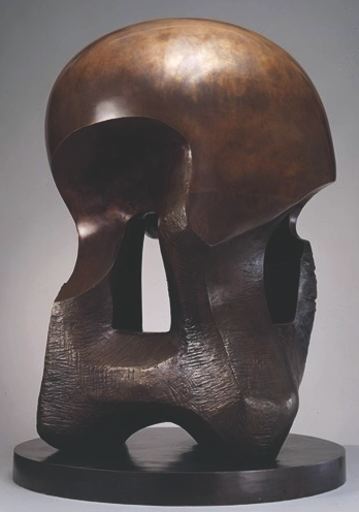
 |
| Henry Moore's Atom Piece, 1964-65 (Tate Gallery, London) |
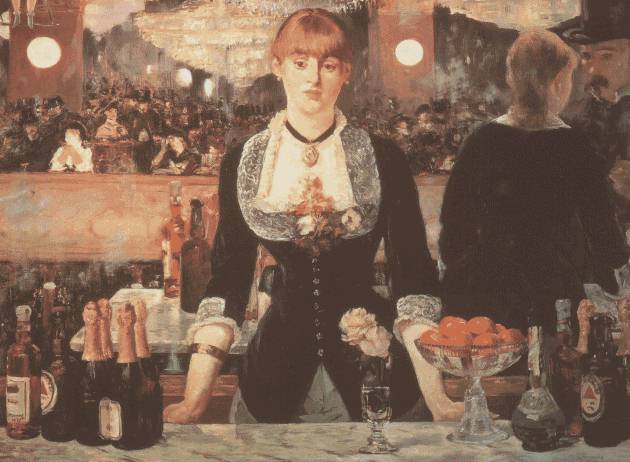 |
| Le Bar aux Folies Bergere, 1881-82 (Courtauld Institute Gallery, London) |
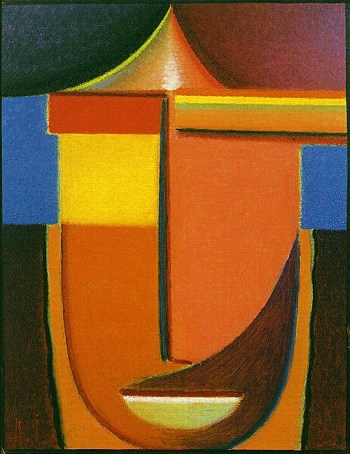
|
| Karma (N.82), Oil on painting paper,1933 |
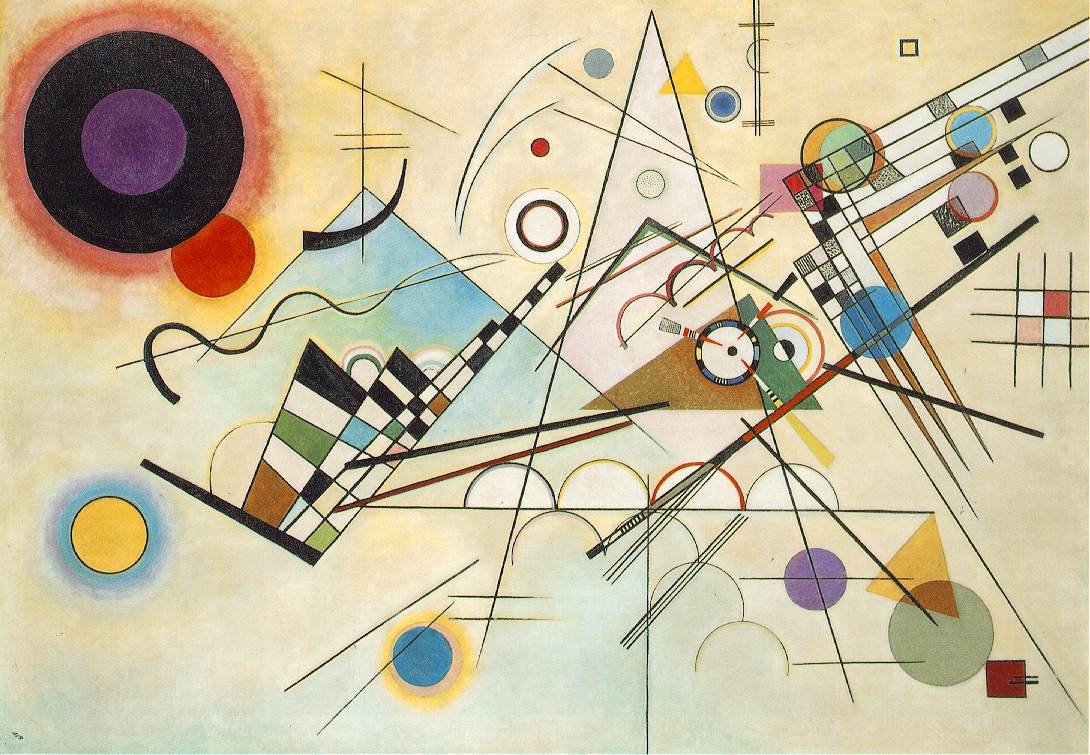
|
| Composition VIII, Oil on canvas, 1923 (S.R.Guggenheim Museum, NY) |
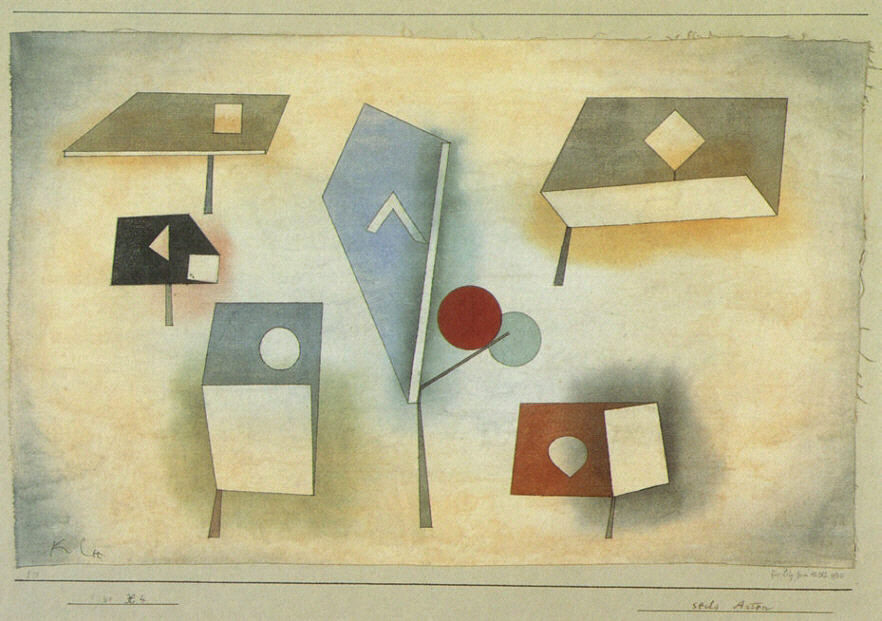
|
| Six Types, watercolors on cotton, 1930 |